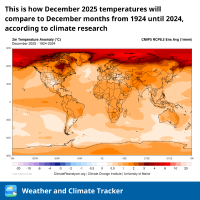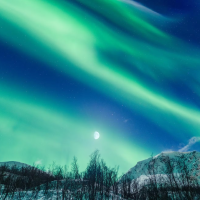Indian Summer from US (and AI) Perspective

NB: this post has been generated by AI, we can not 100% guarantee it’s accuracy. This is only an experiment and should not be taken as scientific writing.
It’s the weather phenomenon of warm September days (at least around here).
German colonists in the United States gave it its name, which is actually a translation from the original German-language term, “der Altweibersommer”. That translates literally to “old woman’s summer.”
So why was it called that? The first settlers brought the term with them from Germany.
Back home, farmers blamed “old women” for bad weather. But they would get relief when a few weeks of warm weather finally came along at the end of September or beginning of October. They also made up legends about witches flying to Block Island off the coast of Rhode Island each year. They would gather there to celebrate as they waited for winter.
But enough with all this old-woman business. What are the meteorological explanations for Indian summer? You need three conditions.
- First, the ground needs to be cool but not freezing yet.
- Second, the frigid air of winter needs to be on its way but not there yet.
- And third, an air mass that has been hanging over Canada needs to make its way down south.
You need three conditions.
This post is also available in: Spanish, Portuguese, French.



